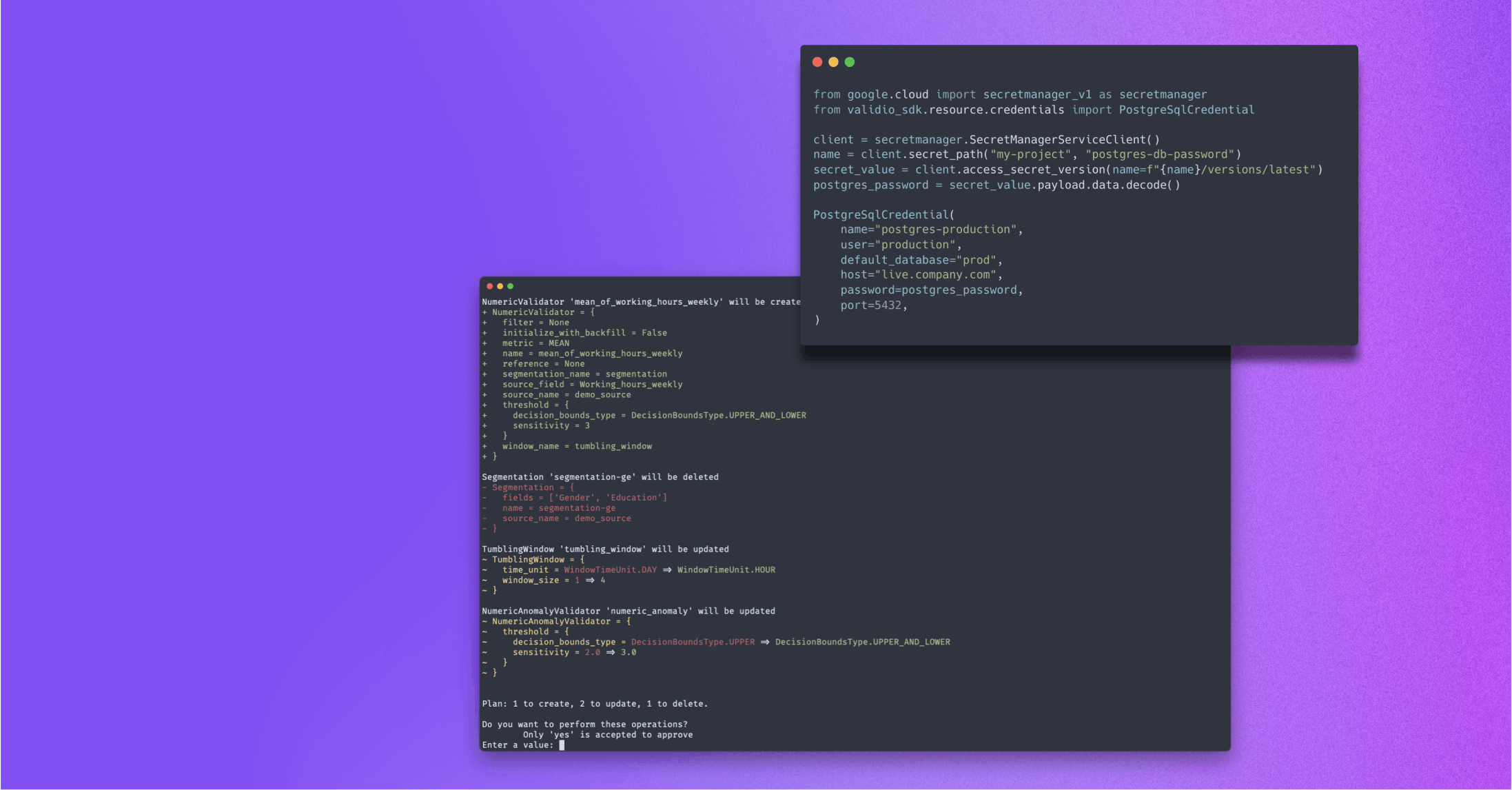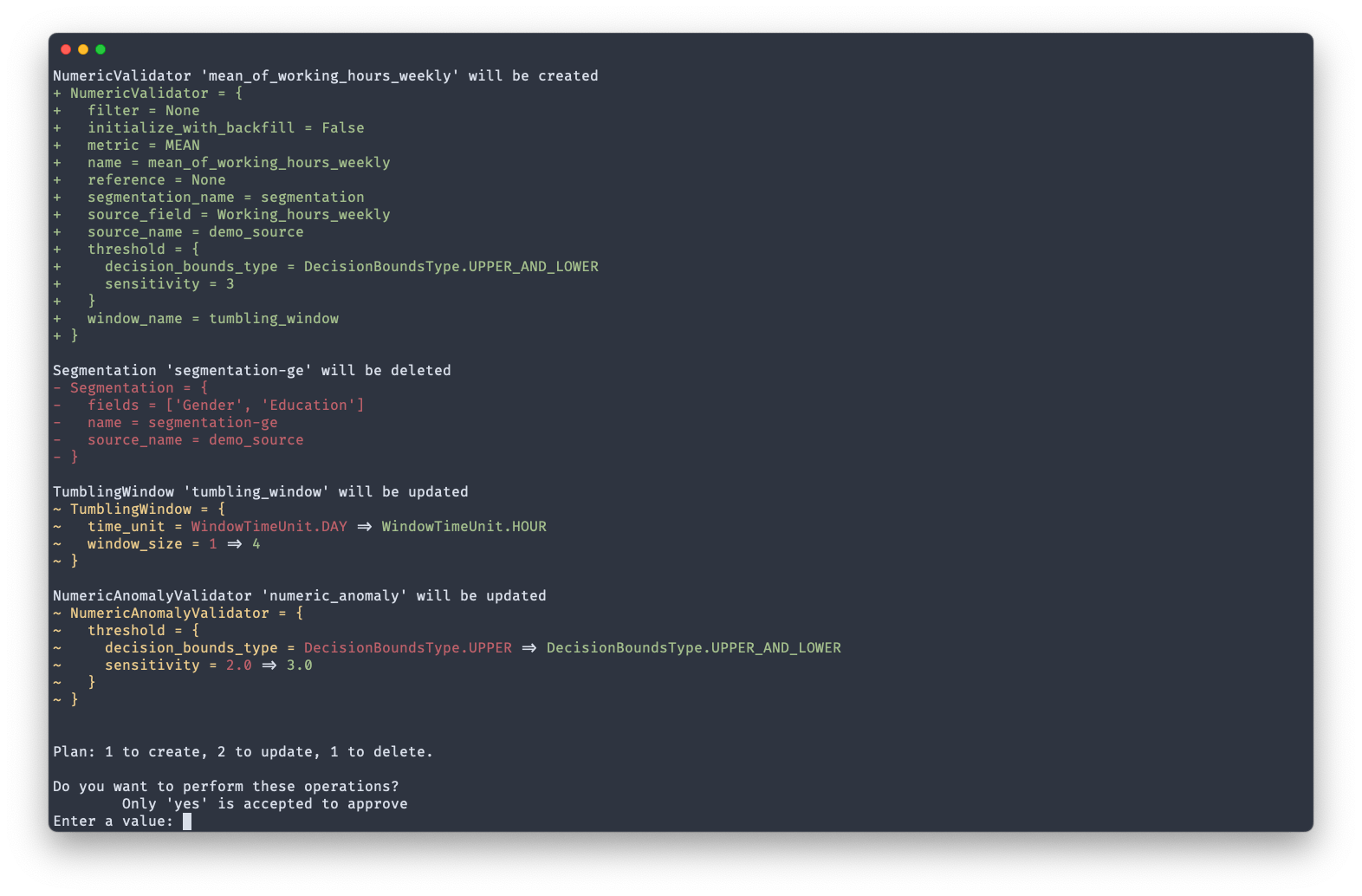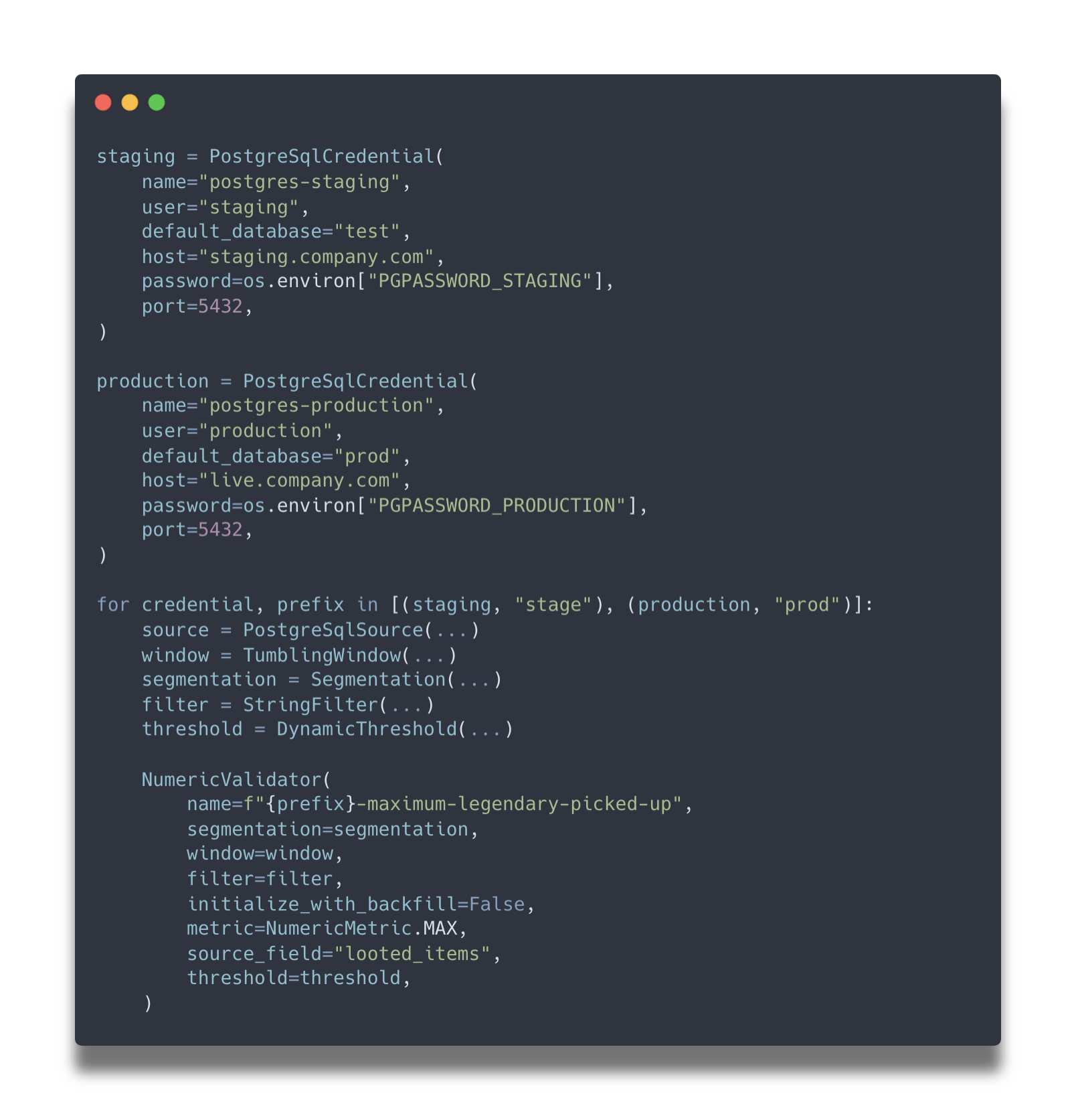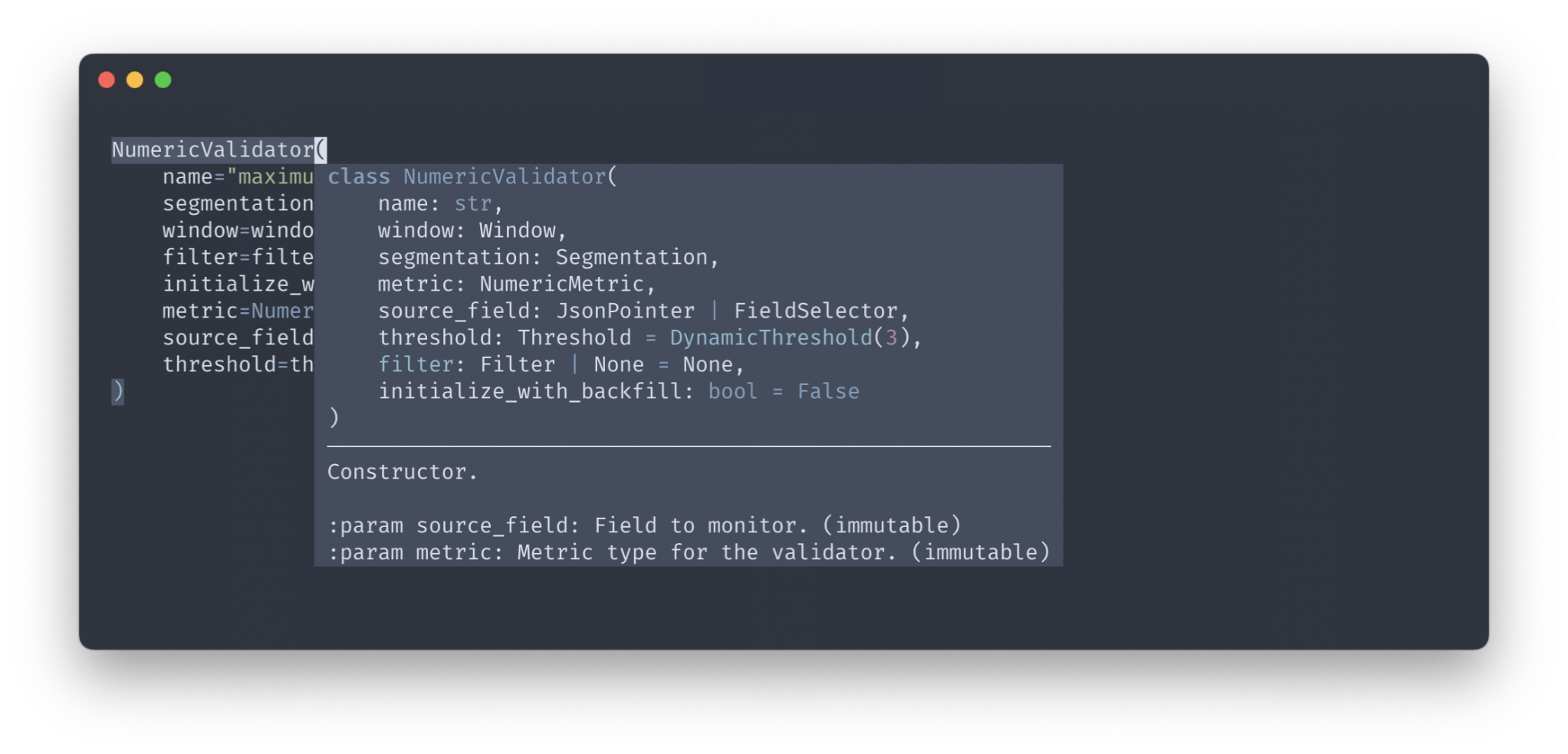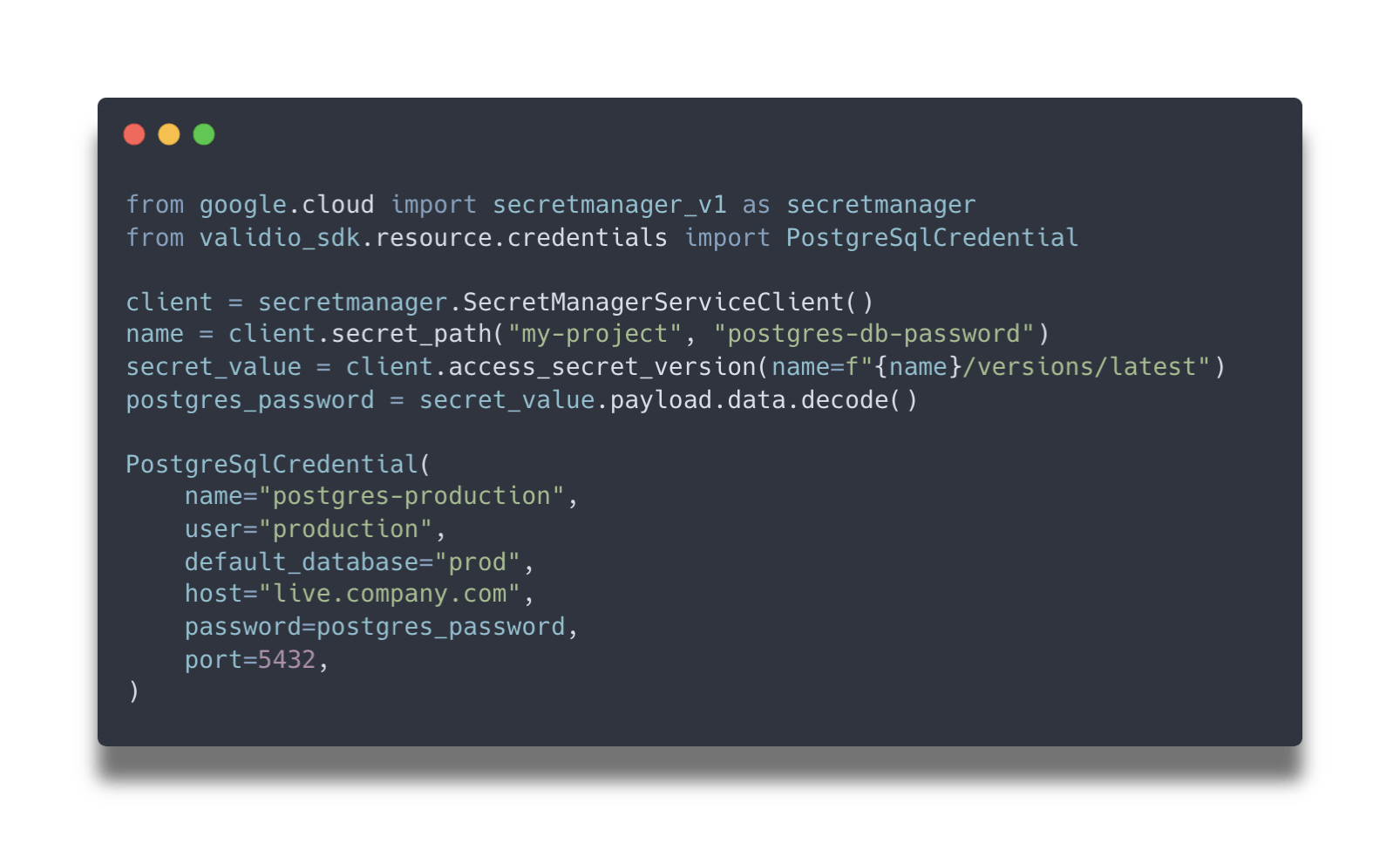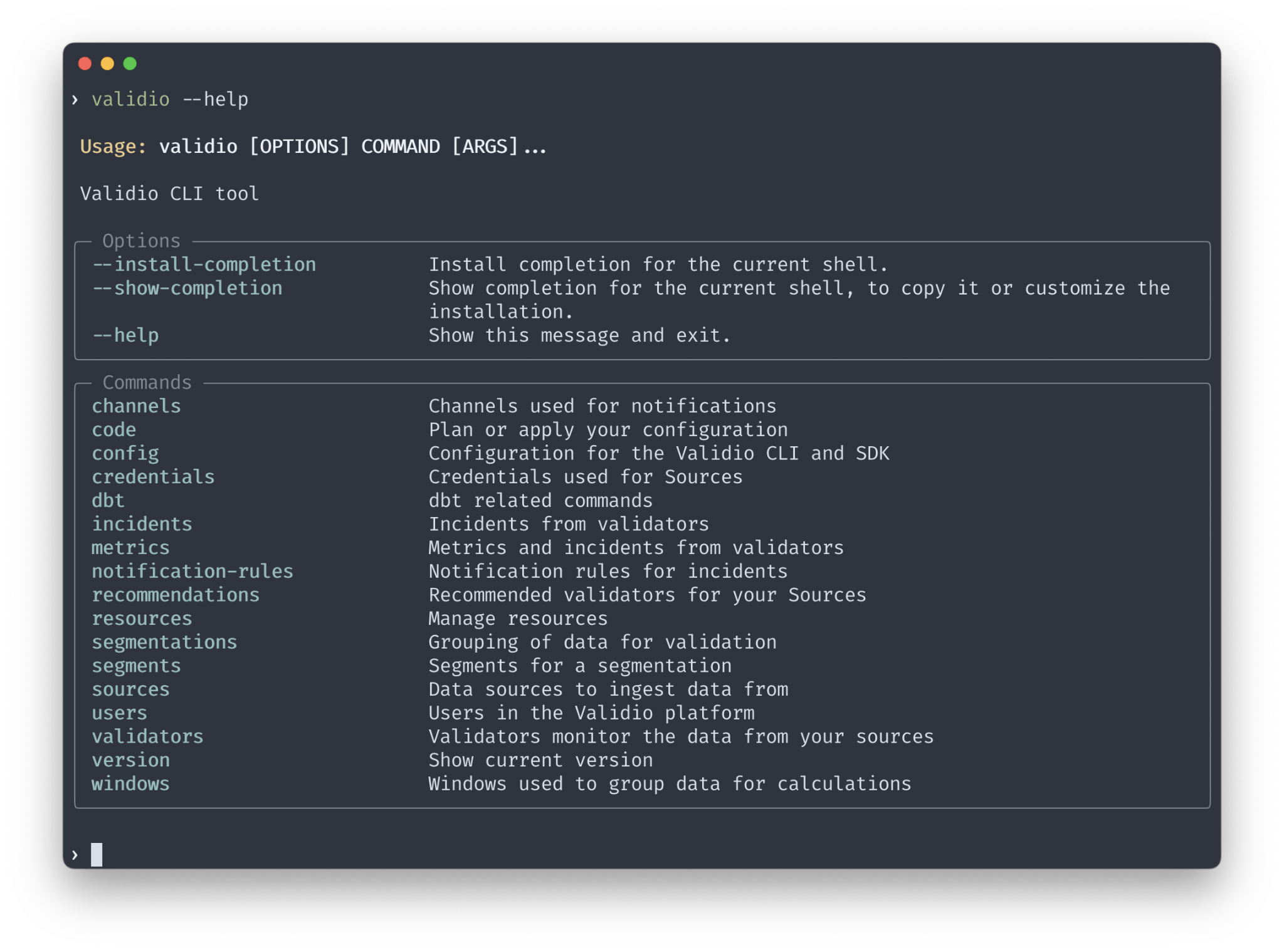If you work at a modern company, chances are you want to work with modern tools. At Validio, providing a world-class developer experience is an integral part of our Deep Data Observability platform offering. To live up to this promise, we have built a developer toolkit for engineers in modern data teams to fully harness the benefits of the platform. You can use the Validio developer toolkit to automate functionality or interact with the Validio platform, without having to use the web interface.
This article focuses on Validio’s Infrastructure as Code (IaC) in particular, showcasing how it can empower you to unlock the full potential of the Validio platform. Read this if you are:
- Anyone who is looking for a data observability tool complemented by a developer-friendly toolkit
- Data engineers or analysts who want to dynamically build your sources or validators for data quality validation
- DevOps engineers who manage installations of software and multiple environments: testing, staging, production
- System owners who manage a growing number of resources—spreading across teams, functions, or applications



